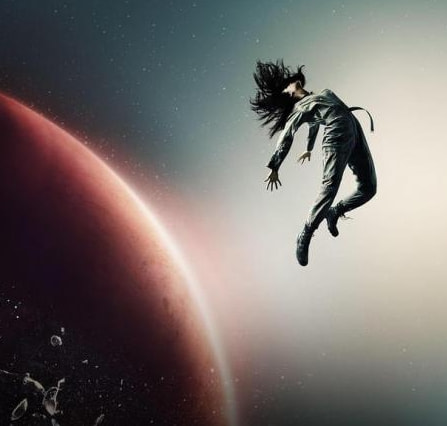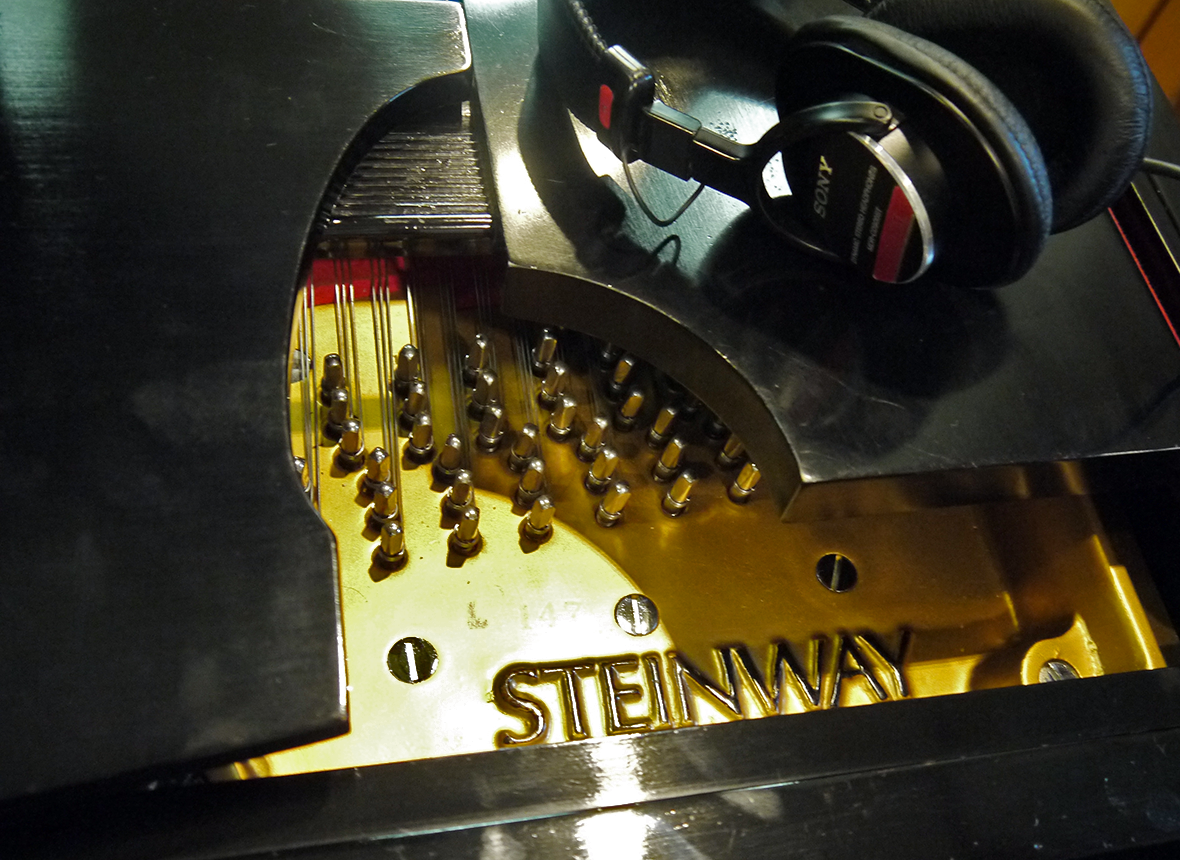mike tyson life rights option article676
El chino es un boxeador de antaño. Comenzó en el deporte tarde. Tenía 20 años y estaba en la universidad. Ser un peso tan grande en China le facilitó el camino, pero había talento detrás. Su país preparó el mejor equipo posible para sus Juegos (2008) y Zhang estuvo presente. Se colgó la medalla de plata. Un hito. Cuatro años después, intentó repetir gesta, pero en Londres se encontró con Anthony Joshua, quien a la postre acabaría siendo campeón olímpico. Dos años después de esa derrota, Zhang decidió dar el salto al campo profesional.

While the tattoo now is almost two decades old, it remains a prime identity for Mike Tyson. Recently, Resorts World in Las Vegas inaugurated a 10 feet statue of Tyson, outside the Mulberry Street Pizzeria. The statue is of a young Mike Tyson in his 20s, when he didn’t have the tattoo. But it still imprinted the ink on the statues that we saw. This portrays the popularity of Tyson’s face tattoo and ‘Iron’ reflected it yet again on his social media.
Tyson inked the tattoo in the last days of his career. He fought only thrice as a professional with the tattoo on his face. After knocking out Ettiene in 2003, Tyson lost back to back against Danny Williams and Kevin McBride and hung his gloves. It was a time of sheer financial crisis for ‘Iron’ as he was declared bankrupt in 2003.
The tribal face tattoo on Tyson’s face is a powerful symbol that marks a milestone in his life. Furthermore, he got the tribal design in 2003, right before his fight against Clifford Etienne. In addition, the tribal design is a unique Maori design from New Zealand.
After a horrific childhood in some of the more unsavoury neighbourhoods of New York, Tyson was taken under the wing of venerable boxing trainer Cus D’Amato, who had guided Floyd Patterson to the world heavyweight title twice.
Tyson played a couple of matches post the Lewis match. He underperformed in all of them. His last professional outing was at the match against Kevin McBride on June 11, 2005. He quit the match and announced his retirement before the start of the seventh round.
However, his career was marred by scandals, including imprisonment and rape accusations, which took a significant toll on his public persona. Despite these difficulties, Tyson managed to rebuild his reputation, becoming a successful businessman, actor, and popular media figure. His charisma, outspokenness and transformational ability continue to inspire fans around the world, making him a truly iconic figure.
Some tā moko artists differed, seeing it not as appropriative of moko but rather a hybrid of several tattoo styles; Rangi Kipa saw no Māori elements at all. The perspective of those like Te Awekotuku highlights the conflict between Māori conception of moko—which reflect a person’s genealogy—as collective property and the Anglo-American view of copyright as belonging to a single person. While Warner Bros. initially said they would investigate whether the tattoo was a derivative of any Māori works, there was no further discussion of the matter prior to the case settling.
Statistics regarding boxers with tattoos reveal an intriguing trend in the boxing community. A survey conducted by the Boxing Association found that approximately 70% of professional boxers have at least one tattoo. This signifies the widespread embrace of body art within this sport.
“I would hope that if he watches it that he would change his opinion,” Rogers continued, according to Entertainment Tonight. “For me, as a writer, as a storyteller, I don’t really like to be reliant on just one source. I really like to do the research and get all these different opinions and then put a story around all of that. I don’t like to be beholden to just one person.”
“Hulu’s announcement to do an unauthorized mini-series of the Tyson story without compensation, although unfortunate, isn’t surprising,” Tyson said at the time, via the Associated Press. “This announcement on the heels of social disparities in our country is a prime example of how Hulu’s corporate greed led to this tone-deaf cultural misappropriation of the Tyson life story.”
The tattoo on Tyson’s face is not just a cosmetic piece of jewelry, but a powerful symbol of his personality, resilience and personal journey. It marks an important chapter in his life, reflecting both his struggles and his triumphs. The tattoo has become an integral part of his legacy, serving as a visual representation of the toughness and complexity that defines him.







